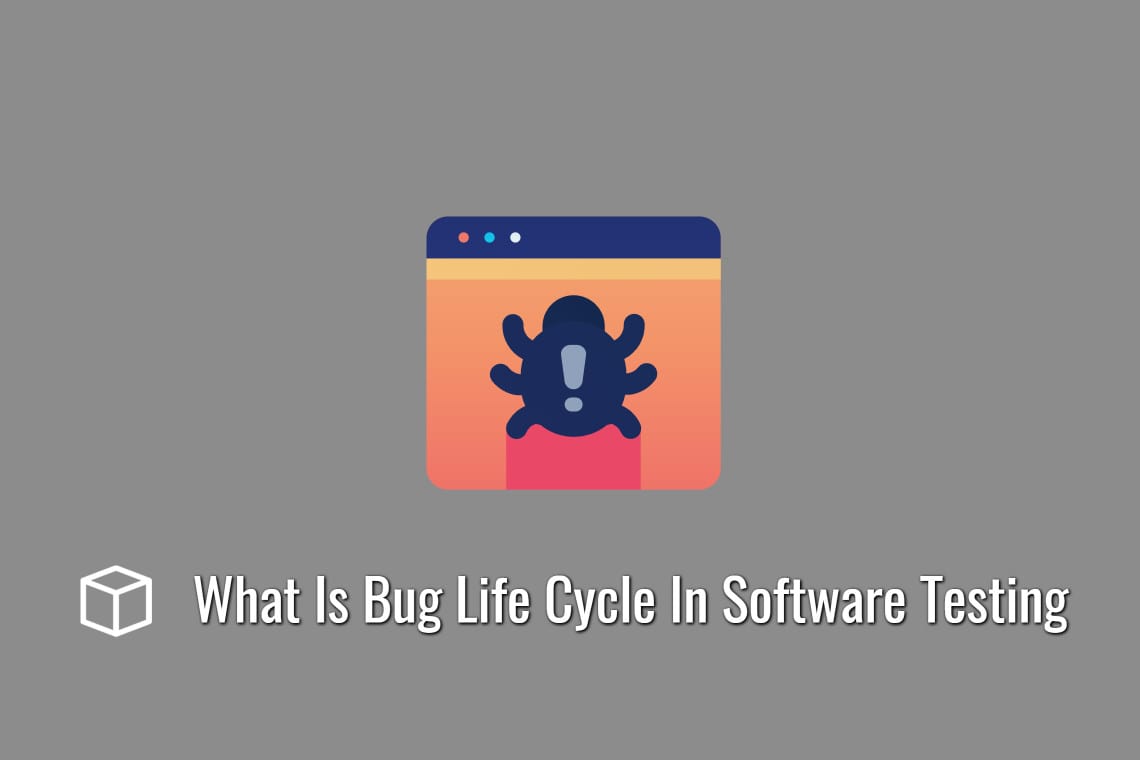A bug’s life cycle, also known as a defect’s life cycle, is the process through which a defect progresses through many phases throughout its existence.
This lifecycle begins when a tester reports a bug and ends when a tester determines that the problem has been resolved and will not recur.
What Is Bug Life Cycle In Software Testing – Similar Questions
What is failure testing?
Failure testing assesses a system’s dependability and how each component will behave if the modules on which it relies are unavailable. Identifying all system dependencies, both internal and external. System failure spots and their impact on the system are documented.
What are the different levels of testing?
Unit/component testing, integration testing, system testing, and acceptance testing are the four acknowledged stages of testing.
Tests are usually categorized according to where they are used in the software development process or the amount of specificity they provide.
What is the 80/20 rule in software development?
Eighty percent of software users only use 20 percent of the application’s functions. In management, 20 percent of your team completes 80 percent of the job.
What is SDLC and STLC?
The Software Development Life Cycle (SDLC) is a set of activities that take place during the software development process. The Software Testing Life Cycle (STLC) is a set of actions that take place throughout the software testing lifecycle.
Which testing is performed first?
A specialist testing team does this sort of testing. The first phase in the Software Development Life Cycle is system testing, which involves testing the whole program.
The application is carefully tested to ensure that it satisfies all functional and technical requirements.
Which is the state of bug in bug life cycle?
New, Assigned, Verified, Closed, Reopened, Deferred, Rejected, and Postponed are the statuses of Bug in the Bug life cycle. As a result, Critical is the proper response.
What is V-model with example?
The V-model is a type of software development process that may be thought of as an extension of the waterfall model. It is an example of the more generic V-model. The V-Model depicts the connections between each step of the development life cycle and the testing phase that goes with it.
What is V and V testing?
Verification and validation (V&V) is the process of confirming that a software system fits specifications and criteria so that it achieves its intended purpose in software project management, software testing, and software engineering.
What is functional testing and types?
Functional testing is a sort of black box testing that assesses a system’s or component’s adherence to specified functional criteria. The system’s functionality is defined via functional testing.
What is test life cycle?
The Software Testing Life Cycle (STLC) is a series of steps taken during the testing process to guarantee that software quality objectives are satisfied. Both verification and validation are part of the STLC. It is made up of a set of methodical tasks that will assist you in certifying your software application.
What is bug and its types?
A bug is an issue with software. A bug is a “error” that occurs when anything on a website or in an application does not operate as it should. We utilize the following classifications at test IO: There is a problem in the functionality.
What is failure ISTQB?
An error in a component or system that can lead it to fail to execute its intended purpose, such as an inaccurate statement or data specification. If a fault is discovered during execution, the component or system may fail. Bug and fault are synonyms.
Why is debugging so difficult?
Because people are involved, debugging is a complex process in and of itself. Another reason it is seen as tough is because it costs a significant amount of time and resources.
What is bug life cycle in testing?
A defect life cycle, sometimes known as a bug life cycle, is a series of events that a defect goes through throughout the course of its existence.
This process begins when a tester discovers a new fault and ends when the flaw is closed, ensuring that it will not be recreated again.
What is bugs in software testing?
A software bug is a defect, mistake, or flaw in a computer program or system that causes it to generate an inaccurate or unexpected output, or act in unanticipated ways. Errors caused by bugs can have a cascading impact.
What is bug and defect in software testing?
Error refers to a code error; Defect refers to an error discovered by a tester; Bug refers to a defect recognized by the development team; and Failure refers to a build that does not satisfy the criteria.
What is a bug in SDLC?
A software bug is a flaw or defect in a computer program that causes it to act abnormally.
Bugs can appear at any point in the SDLC (Software Development Life Cycle), including during the design phase, development phase, user acceptance testing phase, and even by the user. Bugs can never be entirely eradicated.
What is V model in testing?
The V-model is an SDLC paradigm in which processes are executed sequentially in a V-shape.
The Verification and Validation model is another name for it. The V-Model is built on the association of a testing phase for each relevant development step, and it is an extension of the waterfall model.
What is bug example?
A bug is a broad phrase that refers to any unanticipated hardware or software issue. Grace Hopper, for example, documented and taped a moth insect that created problems with the Mark II in a log book. The moth by Grace Hopper is widely regarded as the first usage of the term bug.





